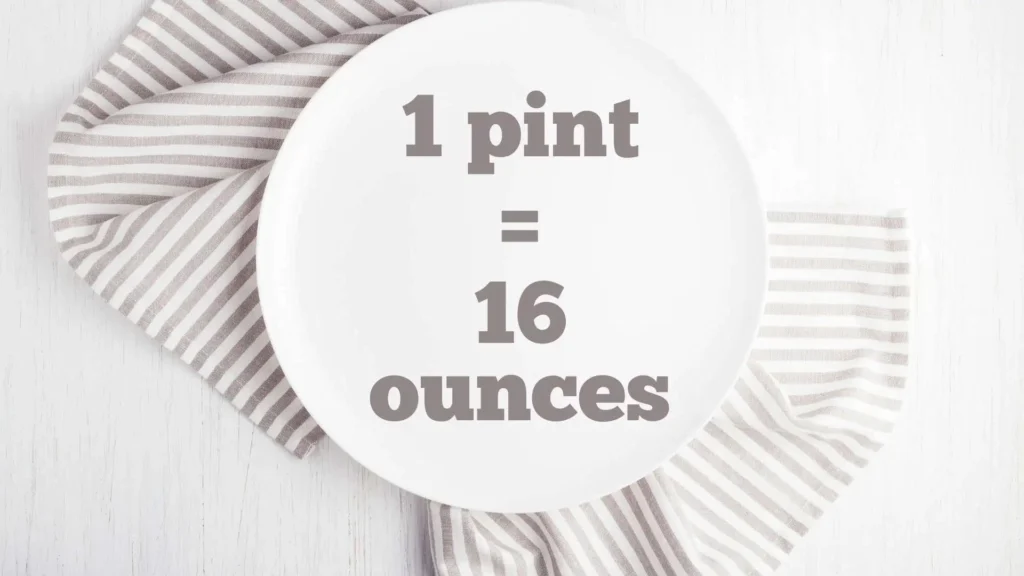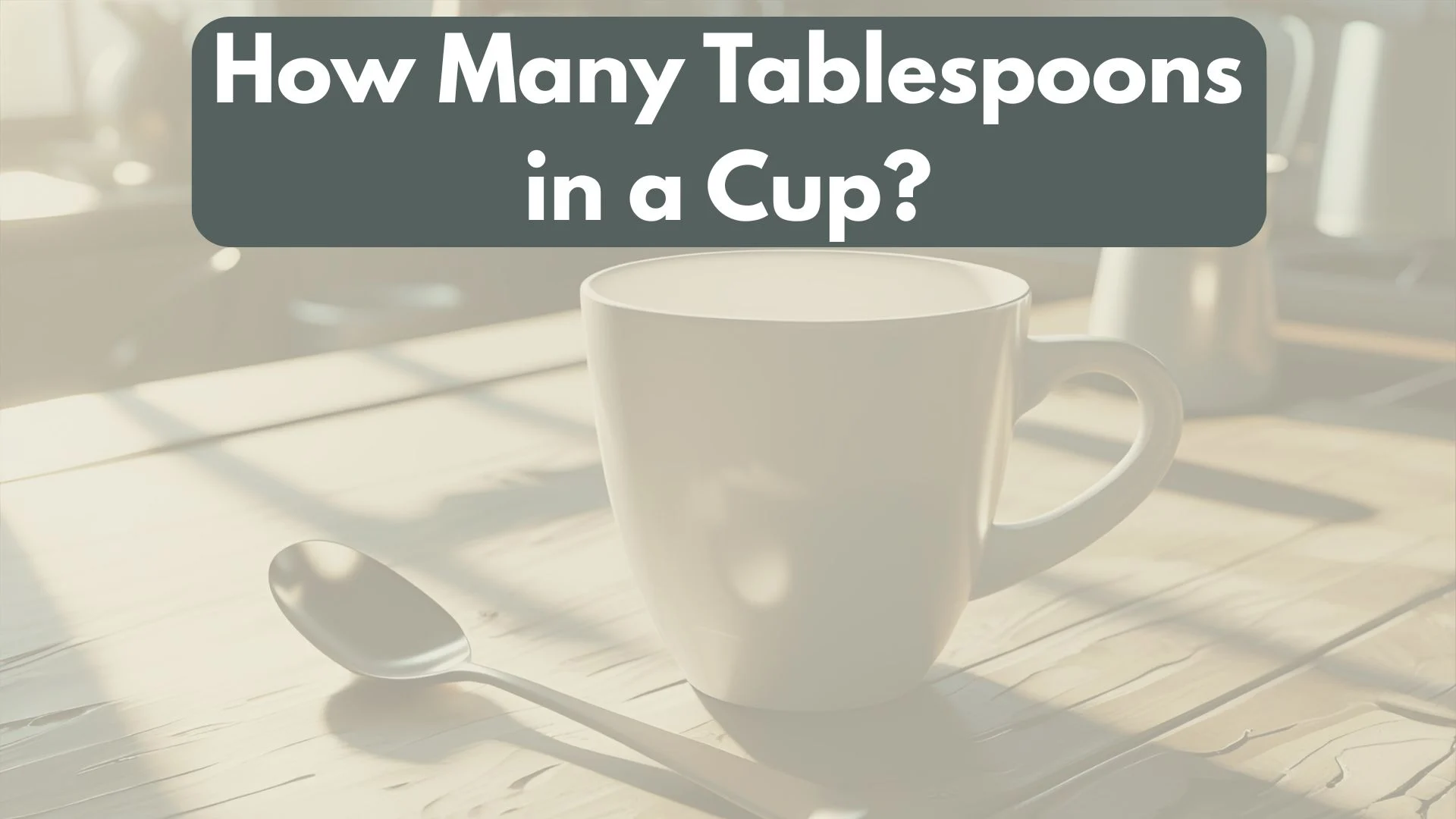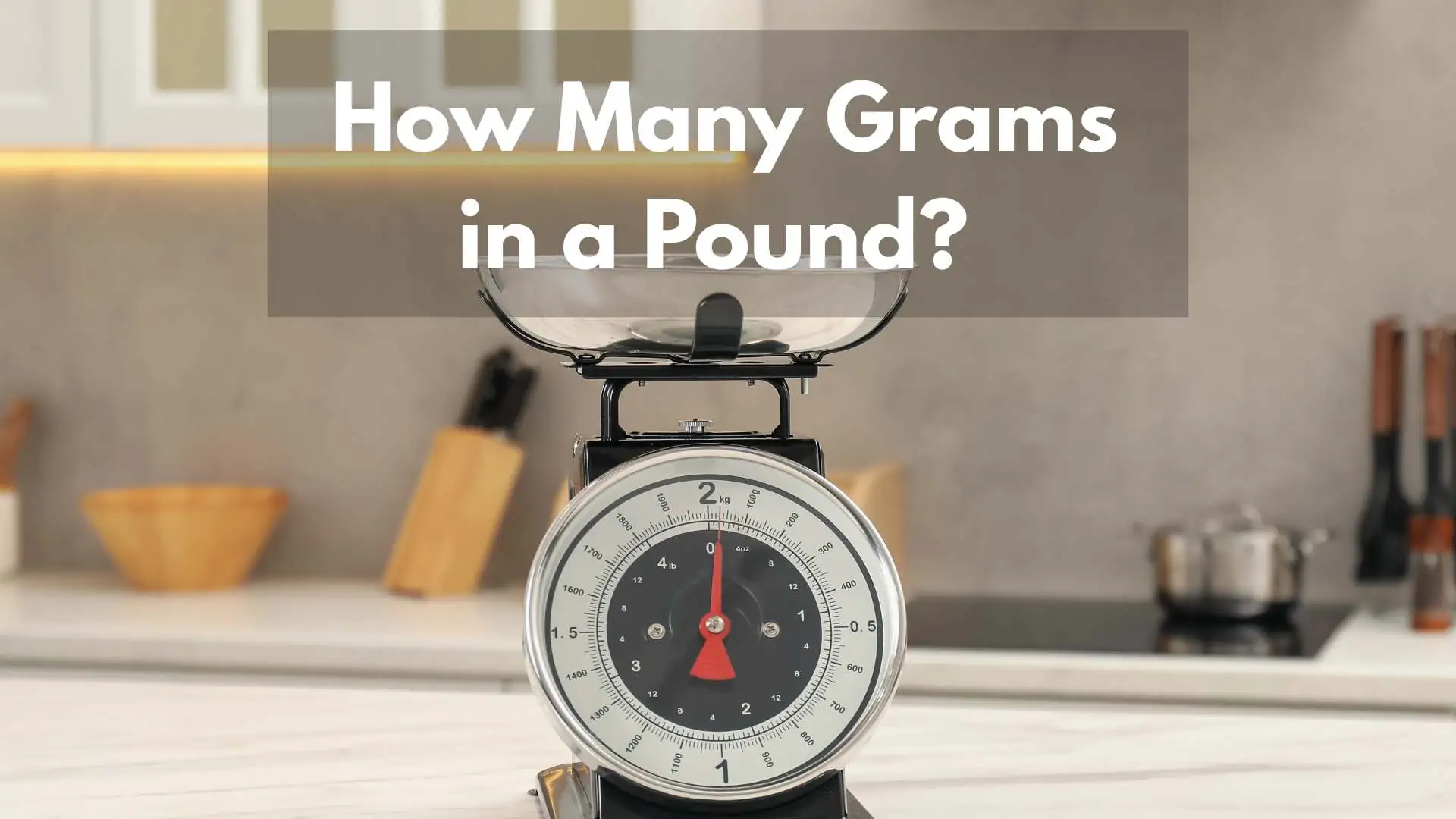If you’ve ever stood in your kitchen, recipe in hand, wondering “How many ounces are in a pint?” — you’re not alone.
This is one of the most common measurement questions in cooking and baking.
Understanding this conversion not only helps you follow recipes accurately but also makes you a more confident cook.
Whether you’re measuring milk for pancakes, beer for a party, or soup for storage, knowing the pint-to-ounce relationship can save you from recipe mishaps.
Let’s break it down step-by-step.
What is a Pint and What is an Ounce?

Before we jump into the numbers, it’s important to understand the two units we’re talking about.
Pint (pt)
- A pint is a unit of volume used mainly in the U.S. and the U.K.
- In the U.S., 1 pint = 16 U.S. fluid ounces.
- In the U.K. (Imperial system), 1 pint = 20 Imperial fluid ounces.
Ounce (fl oz)
- An ounce in this context means fluid ounce, which measures volume, not weight.
- Fluid ounces measure how much liquid fills a space, not how heavy it is.
The Quick Answer | How Many Ounces in a Pint?
- U.S. pint = 16 U.S. fluid ounces
- U.K. pint = 20 Imperial fluid ounces
So, the answer depends on which measurement system your recipe is using.
Pint to Ounce Conversion Chart
| Measurement System | 1 Pint Equals | 1/2 Pint Equals | 2 Pints Equals |
| U.S. (Liquid) | 16 fl oz | 8 fl oz | 32 fl oz |
| U.K. (Imperial) | 20 fl oz | 10 fl oz | 40 fl oz |
Why This Conversion Matters in Real Life
Knowing this conversion is important because:
- Recipes can be written in either U.S. or U.K. measurements.
- Incorrect conversions can ruin a dish’s flavor or texture.
- Buying liquids in bulk often uses pints, while recipes may call for ounces.
- Beer, milk, cream, and broth are often sold in pints.
How to Easily Remember the Conversion

Here are some memory tricks:
- For U.S. measurements: “A pint’s a pound, the world around” (close enough for most liquids like water, where 1 pint ≈ 1 pound ≈ 16 oz).
- For U.K. measurements: Think of 20 as the ‘British Round Number’ — a nice, full Imperial pint of beer!
Common Mistakes and Tips for Accurate Measuring
Mistakes to avoid:
- Confusing fluid ounces with weight ounces.
- Using a dry measuring cup for liquids.
- Forgetting that U.S. and U.K. pints are different.
Tips for accuracy:
- Always use a liquid measuring cup for liquids.
- Double-check whether your recipe uses U.S. or U.K. measurements.
- Level off liquids at eye level to avoid overpouring.
U.S. vs U.K. Measurement Difference
- U.S. Pint = 16 U.S. fl oz (~473 ml)
- U.K. Pint = 20 Imperial fl oz (~568 ml)
That’s about a 20% difference — enough to affect baking results or cocktail balance.
Real Life Examples Where You Need This Conversion

- Cooking: Measuring milk for custard or soup.
- Baking: Ensuring the right amount of cream for whipped toppings.
- Brewing: Serving beer in pint glasses.
- Diet Tracking: Logging liquid intake.
- Canning: Filling pint jars for preserves.
FAQ | How Many Ounces in a Pint?
1. Is a pint always 16 ounces?
No. In the U.S., yes for liquids, but in the U.K., it’s 20 ounces.
2. How many ounces are in a dry pint?
A dry pint measures volume for dry goods and equals about 18.6 U.S. fluid ounces.
3. Are fluid ounces the same as weight ounces?
No. Fluid ounces measure volume; weight ounces measure mass.
4. How many cups are in a pint?
Two cups make one U.S. pint.
5. How many pints are in a quart?
Two pints make one quart.
6. How many ounces are in a half pint?
Half a pint = 8 U.S. fluid ounces (or 10 Imperial fluid ounces).
Conclusion
Now you know — a pint is 16 ounces in the U.S. and 20 ounces in the U.K.. With this knowledge, you’ll measure confidently, avoid mistakes, and nail your recipes every time.

Thomas Gray is a seasoned writer and researcher with a passion for uncovering the layers of language, culture, and human expression. With years of experience in content creation and linguistic exploration, he brings clarity and depth to complex subjects, making them accessible and engaging for readers worldwide. His work often blends academic rigor with a storyteller’s voice, earning him recognition in both digital and print publishing circles.
Thomas has contributed extensively to educational platforms, language-focused blogs, and international publications. His keen eye for detail and commitment to accuracy make him a trusted voice in the fields of linguistics, history, and cultural studies.
He is the author of several professional works, including “The Language Atlas“, “Global Words: A Linguistic Journey Across Cultures“, and “Meaning in Translation: Bridging Words and Worlds.”




